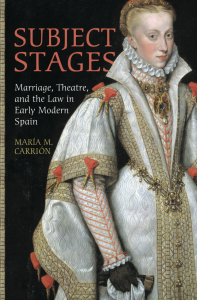Honestly, I have not given accessibility much thought before we got to this module. I also have had nearly no experience dealing with accessibility issues thus far. During my nine years’ teaching at Emory, I have had a few students who requested deadline extensions or extra exam time, but have not had hearing-, vision-, or motor-impaired students in class. I can see, however, that teaching online may make my class more available to students, including those with disabilities, and I am excited about that. The challenge is to figure out how to make the course materials accessible to all given the limited time and resources we have.
I started by thinking about the instructional video assigned as homework for this week, as most likely I will be using videos for the course. How to make it accessible to those with hearing disability, for example? Captioning naturally came to mind. Since it is not realistic to use specialized software or professional service for this assignment, I think I will figure out a way to add subtitles myself. I am not sure how well it will work, but I am considering simply manually adding text to each PPT slide before turning the presentation into a video. We will see how that goes.
As for accessibility to the vision-impaired, I will try to make sure that important visual information on each slide is conveyed verbally in the video. I want to be mindful about how I refer to items on the screen during the video. For example, I will avoid simply saying “the one on the left,” and will instead spell out specifically what it is that I am referring to. I will also avoid using color (or any other visual cue) alone to convey information.
I feel that I there is a whole lot more I would need to know about accessibility and universal design. I have found information on webaim.org quite useful (and even took the liberty to borrow the name “web accessibility in mind” as the title of this post), but if there will be more systematic training on this topic, especially offered in the context of resources available at Emory, I will sign up for that.


